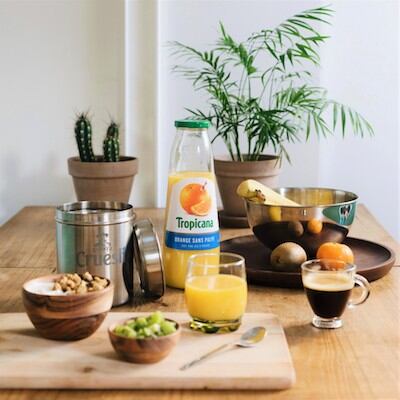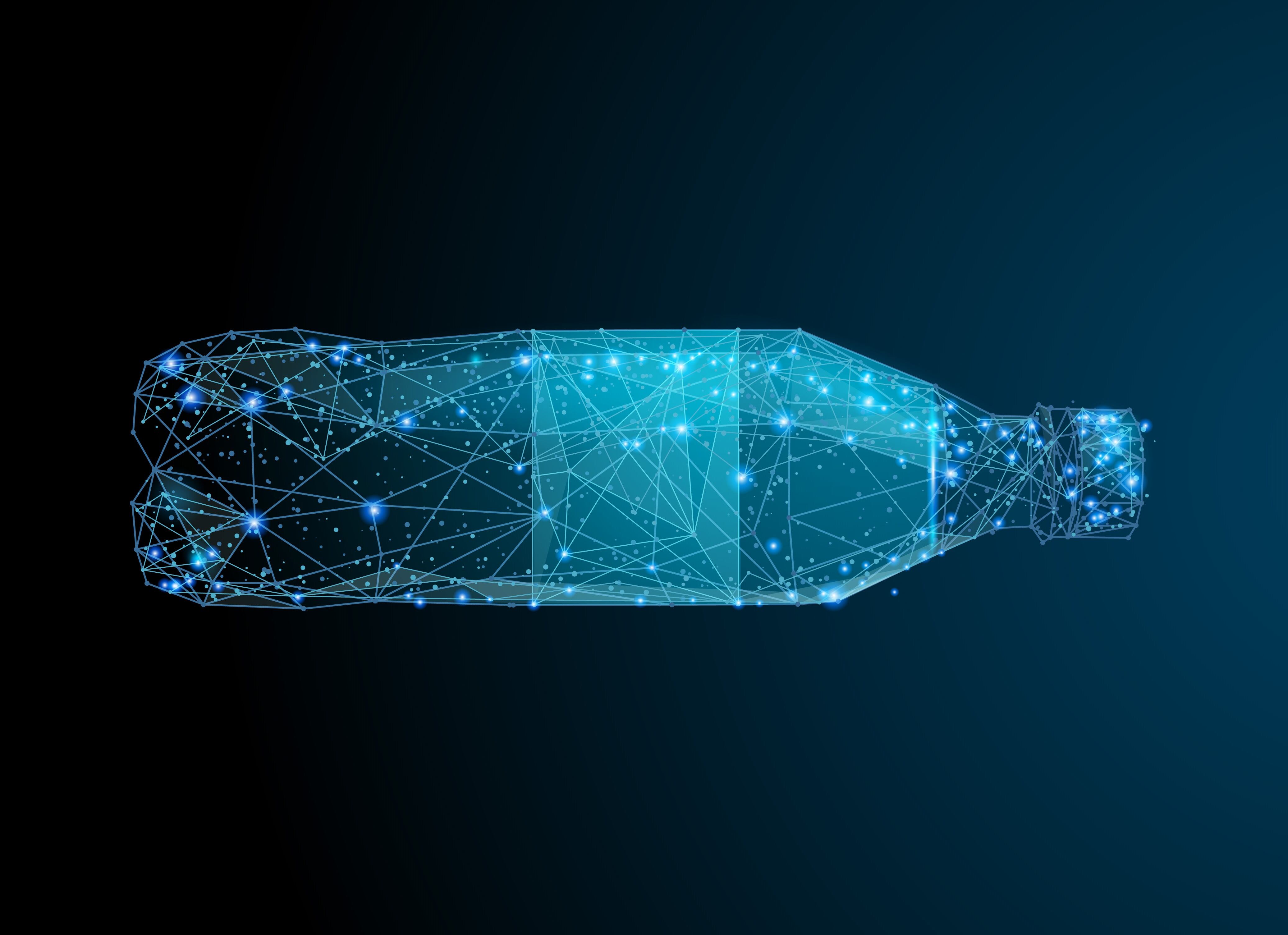PepsiCo acquired the sparkling water maker in 2018, championing SodaStream’s model where consumers can create customized beverages at home with reusable bottles.
PepsiCo’s other initiatives in its Beyond the Bottle pledge includes Drinkfinity, a recyclable pod and reusable vessel design; a mobile-enabled Hydration Platform with reusable bottles; and the launch of Gatorade’s Gx, offering customizable Gatorade drinks in a reusable bottle.
Shift away from single-use plastic
Plastic currently represents just under half of PepsiCo’s total packaging material across its food and beverage portfolio, with aluminium, glass and fiber making up most of the balance.
However, PepsiCo acknowledges that globally only 14% of plastic used is collected for recycling.
It has made increasing efforts to move its portfolio away from plastic: for example by transitioning its up-and-coming bubly sparkling water brand entirely to aluminum cans.
“Where it is environmentally efficient and practical to do so, we also consider alternative packaging materials to plastic," the company says in its 2018 Sustainability Report, released today.
"In India, we use refillable glass bottles for carbonated soft drinks which, in that market, results in less waste and a lower average carbon footprint than single-use PET bottles.
"Beginning in 2020, our bubly sparkling water will no longer be packaged in plastic. In addition, we will offer Aquafina in aluminum can packaging in US foodservice outlets.”
It has also pledged to boost the volume of recycled material where it does offer plastic bottles, and reduce the total of virgin PET used by 35%. For example, it is shifting its premium LIFEWTR water brand to 100% rPET in the US next year. As an average across its portfolio it is aiming to use 25% recycled plastic by 2025 (50% rPET in the EU by 2030).
But it says the obtaining a sufficient supply of high quality recycled material for use in its packaging is a key challenge. “We would use more recycled plastic, like rPET, today if it were available," says the company. "Insufficient supply of recycled material is part of the challenge we have to overcome to make our sustainable plastics vision a reality."
To help address the problems with rPET availability, it has entered into an agreement with Loop Industries which helps boost recycling of low quality PET plastic. It has also joined a consortium which is investing in enzymatic recycling technology led by French company Caribios, which is able to recycle a wider range of plastic forms and therefore potentially offer a new source of recycled content.
PepsiCo key packaging targets
- Design all packaging to be recyclable, compostable or biodegradable by 2025
- Increase recycled content in plastic packaging to 25% by 2025
- Reduce 35% of virgin plastic content across beverage portfolio by 2025
- Invest to increase recycling rates in key markets by 2025
Re-imagining packaging
But PepsiCo is also exploring opportunities to develop beverages that do not require single-use bottles at all.
Spearheading this is SodaStream, where PepsiCo says – “by empowering consumers to switch to reusable bottles, by 2025, we estimate that around 67 billion single-use plastic bottles will be avoided.”
SodaStream has pledged to make its business entirely plastic free by the end of this year (for example packaging its flavor refills in glass instead of plastic).
While SodaStream ‘forms the heart’ of PepsiCo’s Beyond the Bottle strategy, it is also looking at other ways to shift consumption habits away from single use plastic bottles.
In 2019, it announced a new mobile-enabled Hydration Platform, which creates a connected eco-system for people to stay hydrated on-the-go. The platform offers low and no sugar beverages served in consumers’ reusable bottles, and is being trialed in US universities, workplaces and with hospitality partners.
Meanwhile, PepsiCo is also applying its Beyond the Bottle concept to existing brands: Gatorade, for example, has launched Gx, which offers customizable Gatorade drinks via a reusable bottle and pods.
Reusable containers
In Paris, PepsiCo has been experimenting with a new shopping platform this year called Loop, operated by global recycling organisation Terracycle.

Consumers are able to visit the Loop online store and order Tropicana Orange Juice and Quaker Cruesli alongside other household products, which are delivered direct to consumers in reusable containers.
These containers are then collected, professionally cleaned and reused.
“The Loop system really is about testing a possible model for reinventing packaging, which is a key area of focus for PepsiCo as we look to reduce, reuse and rethink our plastic packaging,“ says PepsiCo.

